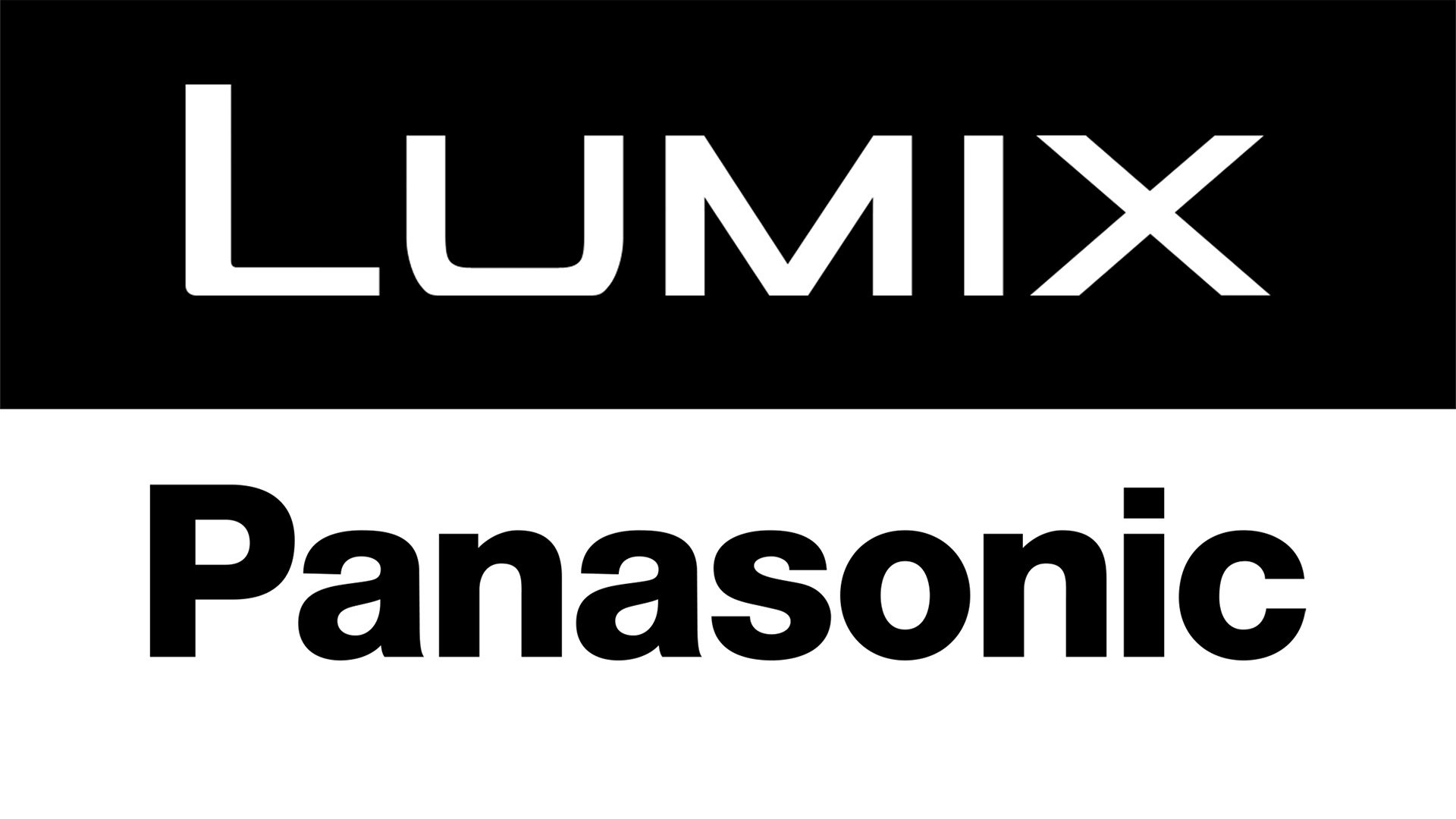

We all know it happens. It’s kind of the whole purpose of stock photography. But it just feels wrong, somehow, when the companies that make the gear for capturing images use images shot not only for stock but using gear made by competitors.
It’s been the source of some backlash recently for Panasonic. The company used images shot by a Nikon brand ambassador in their Panasonic S9 marketing materials. The company responded to the backlash earlier this month, but now Panasonic has admitted that 77 cameras and lenses were marketed using images from other gear.
Panasonic Admits 77 products shot with other cameras and lenses
The admission comes via an announcement on the Panasonic Japan website. The company lists a number of product types and how many of each product type were marketed using cameras and lenses other than the product itself.
According to the list, 8 S series cameras and 6 G series cameras have been marketed using images or footage shot with other cameras. The list also notes 17 models of S series L mount lenses (isn’t that pretty much all of them?) and 28 G series lenses, along with 18 discontinued items.
Panasonic’s complete Google-translated statement reads:
We would like to thank you for your continued interest in LUMIX products.
Regarding the recent incident in which inappropriate images were used through a stock photo service on the Lumix product website, we deeply regret that this incident was caused by our clear lack of awareness, despite being a camera manufacturer, of the images we use and the lack of an appropriate image selection and checking process, which is essential when creating a website for a camera product.
Up until now, we have conducted a detailed check of all images used on the LUMIX product website, and have removed images using stock photo services. We have also revised the LUMIX product website based on the following principles: “All images used must be taken with our own camera products,” and “For images taken with other models of our own cameras, images with the same mount or similar pixel count must be used, and the equipment used must be clearly stated.” We have now completed our response.
Going forward, in order to firmly establish our commitment to the “examples” of LUMIX products, we will continue to update our website this fall, for example by replacing images taken with other models of our own cameras with images taken with the relevant models. We take the opinions and comments we have received seriously, and will continue to work on improvements in order to regain the trust of our customers as soon as possible.
Please be advised that the following changes have been made to the site:
Product sites where the above revisions have been implemented
S series product site: 8 models
S Series Lens Product Site: 17 models
G Series product site: 6 models
G Series Lens Product Site: 28 models
As production has now ended, the site has been moved to a simplified page focusing on product specifications.
Discontinued product site: 18 models
*The DC-GH7 website, which was added on June 6th, was created and published based on the above principles.
The start of a new trend of manufacturers being honest?
While it may be the norm, this practice almost borders on misrepresentation to me. Typically, most advertising standards around the world only really state that it should be an accurate representation of that product. There’s lots of things you can’t do, but the general idea is to make it accurate.
Advertising a camera or lens with images shot by different cameras and lenses is very misleading. And when it turns out they’re not images shot with that gear, users are noticeably (and quite rightfully) upset. Of course, Panasonic isn’t the first to do it, and they won’t be the last. Even smartphone manufacturers like Samsung did it when they used an image created by one of DIYP’s own writers.
Panasonic says, however, that going forward, they will be swapping out the images for the products still in production on their website. They will remove the random stock images and replace them with images shot using the product in question and their own products.
Hopefully, we’ll start to see all of the manufacturers coming forward to do this. It seems to be a quite prevalent practice and very few companies have come out to state whether the images on their product listings accurately represent the capabilities of those products.
And we all made fun of the “Shot on iPhone” campaign when it started. Because we just assumed all manufacturers were that honest. It’d be nice to see the other manufacturers taking up that charge.






